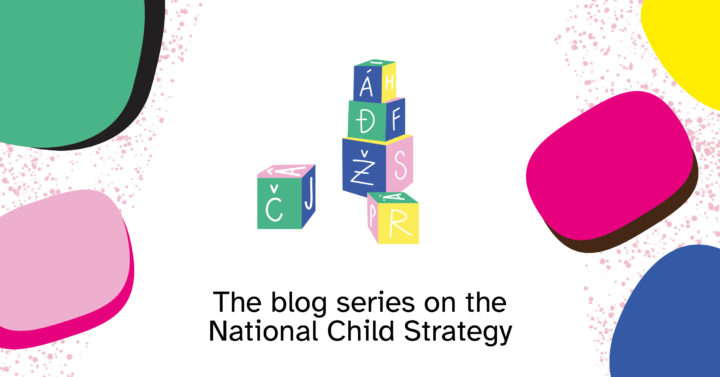Child-oriented budgeting model for municipalities and wellbeing services counties
Blogs
In order to strengthen children’s rights, the Government has decided to promote child-oriented budgeting in its government programme. Child-oriented budgeting was developed in the state budget last year. As part of the implementation plan for the National Child Strategy, the Ministry of Finance has launched an assessment project to strengthen child budgeting efforts in municipalities and wellbeing services counties. The project also examines the monitoring and evaluation of outturn data, such as data related to finances and operations.
Child-oriented budgeting means examining the central government budget as a whole from the perspective of the rights of the child, with the focus on monitoring budget expenditure and revenue allocated to children and families. In addition to budget analysis, child-oriented budgeting is often accompanied by an assessment of the impact on children, which seeks to examine what has been achieved in relation to the objectives set. If successful, child-oriented budgeting provides a greater understanding of how much funding has been allocated to children and families at different levels of administration, and also, at best, how the funding has been spent and the impact of these investments.
Child-oriented budgeting has been piloted for the first time in this year’s budget, and the aim is to introduce a standardised version of it for the 2023 budget proposal. Municipalities have also started to develop their own child budgeting work. Oulu is an example of a municipality where the practice is well established, and the results have been promising. Pilots have also been carried out in Hämeenlinna and Heinola.
The health and social services reform will significantly change the way that services for children and families are organised as the responsibility for social and healthcare services will be transferred from municipalities to wellbeing services counties. Municipalities will continue to be responsible for organising educational and cultural services. The responsibilities for arranging services for children and families will be shared between municipalities and wellbeing services counties. Child-oriented budgeting would make it possible to look at the organisation of the services as a whole.
Replicable and comparable model
Child-oriented budgeting has been examined in several studies in recent years. For example, the project set by the Prime Minister’s Office focussed primarily on piloting child-oriented budgeting in the Government’s 2022 budget proposal, but the working group also submitted proposals concerning municipalities and wellbeing services counties. You can read more about the piloting project in Finnish or Swedish on the website valtioneuvosto.fi. The working group supported the promotion of child-oriented budgeting in municipalities and wellbeing services counties on a voluntary basis, making use of networking and by reviewing earlier experiences. The development of the monitoring and reporting of outturn data was also considered very important, as in addition to assessing the budget, it is beneficial to gather information about how the funding has been spent and what has been achieved.
The aim of the project that has now been launched is to assess the current status, areas for development and operating model options for the monitoring and reporting of child-oriented budgeting and outturn data in municipalities and wellbeing services counties. The model of child-oriented budgeting in municipalities and wellbeing services counties must be replicable, comparable and reproducible. A network of specialists consisting of representatives from municipalities and wellbeing services counties is closely involved in the project so as to provide an enhanced understanding of the possibilities and potential challenges of child-oriented budgeting.
The project’s rapporteurs are Juha Aho and Mika Penttilä, who have already been extensively involved in the development of child-oriented budgeting. The results of the assessment will be published in summer 2022. You can read more about the assessment project in Finnish on the website vm.fi.
Promoting data-driven decision-making
As in the case of phenomenon-based budgeting in general, the aim of child-oriented budgeting is to promote data-driven decision-making. The development of child-oriented budgeting requires long-term effort and careful planning. The assessment needs to follow various restrictions and principles for the model to be as easy to interpret as possible and so that incorrect conclusions can be avoided. This is, therefore, a rather complex project, which also requires consideration of its benefits and effectiveness in relation to the administrative costs.
The development of child-oriented budgeting is, however, important for decision-making. Once we have comparable data on resources allocated to children, young people and families and on what has been achieved with these resources at various levels of administration in Finland, it will be possible to target measures in a better way in the future. This is important not only from a human perspective, but also from the point of view of fiscal sustainability.
